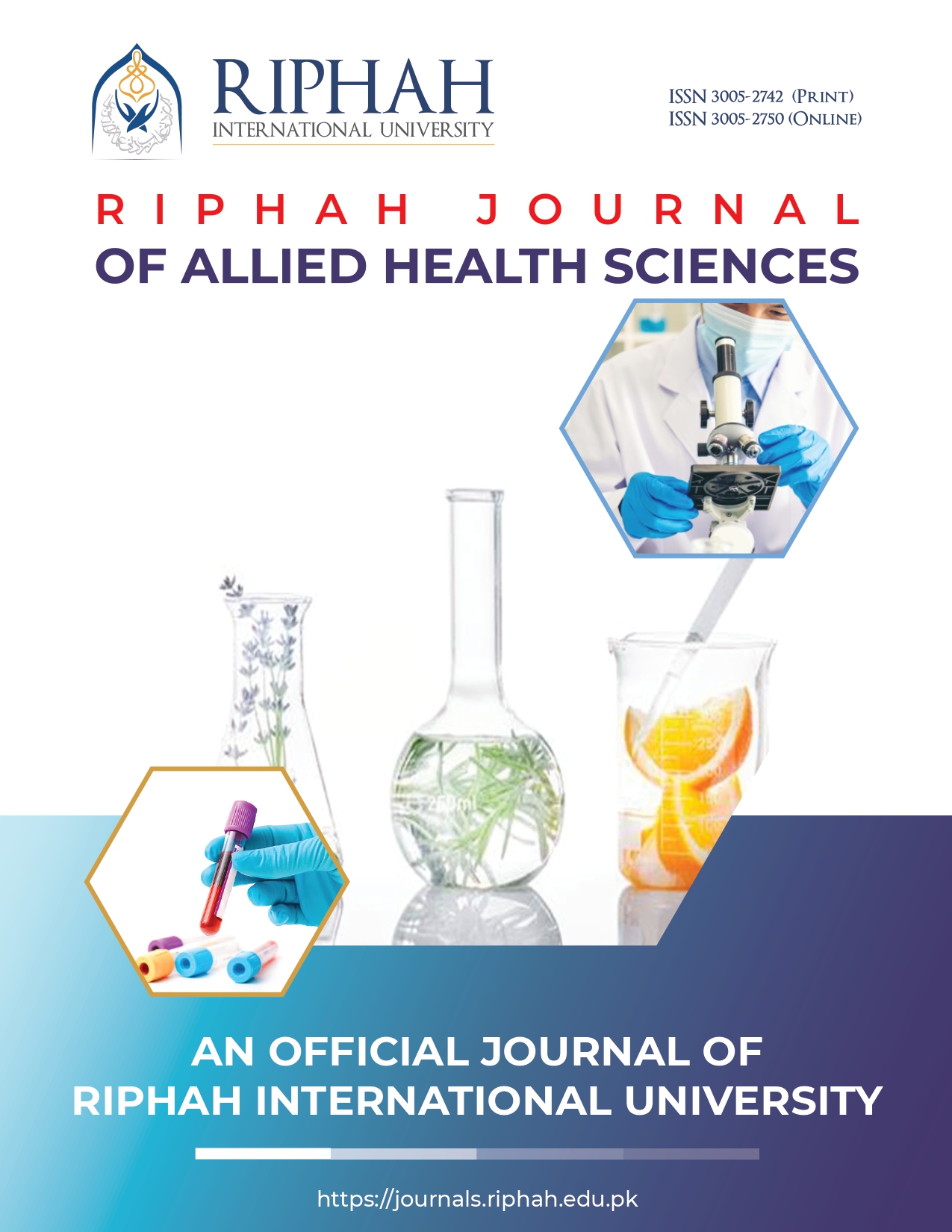Homology Modeling and Molecular Docking of the Antibacterial Protein SPLUNC1/ BPIFA1
Keywords:
SPLUNC1, PLUNC, Upper Respiratory Tract, Homology Modeling, Molecular DockingAbstract
Background: Short palate and nasal epithelial clone 1 (SPLUNC1), also known as the bacterial permeability family member a1 (BPIFA1), is encoded by the lung-specific x gene (LUNX). It is an innate immune defense protein secreted against bacterial infections, especially gram-negative bacteria.
Methodology: The nucleotide sequence of LUNX gene was obtained from NCBI (Accession No. Aaf70860.1). Protein translation, determination of molecular mass, prediction of disulfide bonds, and homology modeling were performed using the Expasy server, ClustalW, NCBI BLAST-2, protein calculator, and PDCP. Molecular operating environment (MOE) software was used for molecular docking of SPLUNC1 protein. The London dg and force-field-based gbvi/wsa dg scoring functions were used for 50 poses/runs.
Results: Sequence analysis showed that the cDNA of the mature lunx was 711 bp in length, encoding 237 amino acids. PDCP predicted the presence of a single disulfide bond at position C161-C205. Homology modeling results showed significant similarity of this protein with PLUNC like proteins from calithrix jacchus (96%) and pongo abelii (94%). Two cysteine residues, C161 and C205, are conserved in both species. Multiple sequence alignment showed the highest sequence similarity of human SPLUNC1 with that of chimpanzees (score 98.96) and rhesus monkeys (score 90.04). Molecular docking analysis confirmed the binding of SPLUNC1 protein with hydrophobic ligands specifically phosphatidyl ethanolamine, D-phosphatidyl choline, L-phosphatidyl choline, dipalmitoylphosphatidylcholine and phosphatidyl glycerol. SPLUNC1 did not bind to the sphingomyelin.
Conclusion: The SPLUNC1 protein showed significant homology with PLUNC like proteins from Calithrix jacchus (96%) and Pongo abelii (94%). Molecular docking confirmed its binding to the hydrophobic ligands


